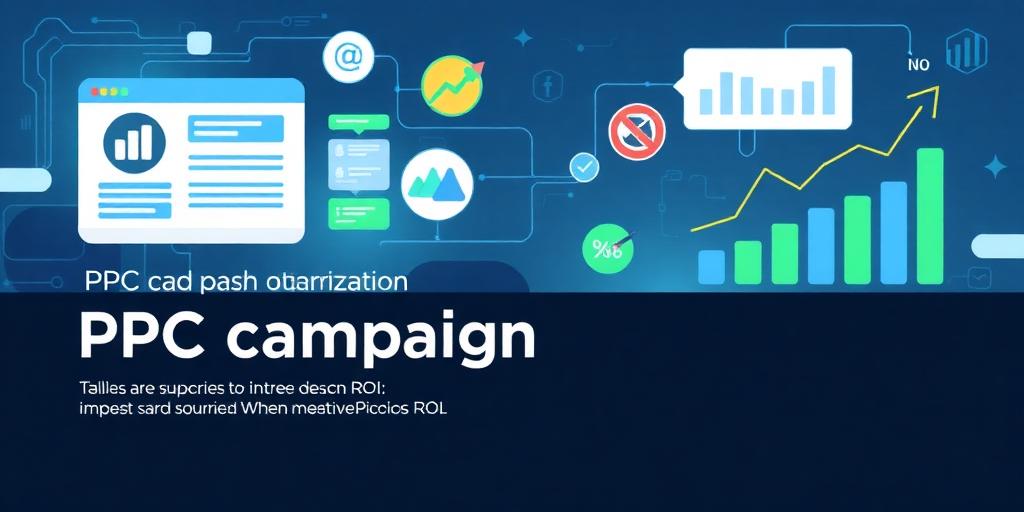Creating SEO content that Google loves requires a comprehensive strategy, blending technical SEO expertise with high-quality, engaging writing. Here’s how to achieve it:
1. Keyword Research and Strategy
- Identify Core Keywords: Use tools like Google Keyword Planner, Ahrefs, or SEMrush to find keywords relevant to your niche.
- Long-Tail Keywords: Incorporate long-tail keywords for specific queries. For instance, instead of just 'SEO content,' use 'how to create SEO content for beginners.'
- Competitive Analysis: Analyze top-ranking content for your target keywords to understand what works.
2. On-Page Optimization
- Title Tags: Craft compelling title tags that include your primary keyword. Keep them under 60 characters.
- Meta Descriptions: Write concise meta descriptions (under 160 characters) that entice clicks.
- Header Tags: Use H1, H2, and H3 tags to structure your content logically.
- URL Structure: Create SEO-friendly URLs that are short, descriptive, and include your keyword.
- Image Optimization: Optimize images with descriptive alt text containing your keywords. Compress images to improve page speed.
3. Content Creation
- High-Quality Content: Produce well-researched, original, and valuable content.
- Engaging Writing: Write in a clear, concise style. Use headings, bullet points, and visuals to break up text.
- In-Depth Coverage: Aim for comprehensive content that answers all potential user questions.
- Internal and External Linking: Include internal links to other relevant content on your site and external links to authoritative sources.
4. Technical SEO
- Mobile-Friendliness: Ensure your site is mobile-friendly, as Google prioritizes mobile-first indexing.
- Page Speed: Optimize your site for fast loading times. Use tools like Google PageSpeed Insights.
- Schema Markup: Implement schema markup to provide search engines with more context about your content.
- HTTPS: Ensure your site uses HTTPS for secure browsing.
5. User Experience (UX)
- Site Navigation: Create a clear and intuitive site navigation.
- Readability: Use a readable font size and spacing.
- Accessibility: Ensure your site is accessible to all users, including those with disabilities.
- Engagement: Encourage user interaction through comments, polls, and social sharing.
6. Monitoring and Analytics
- Google Analytics: Track your website traffic, user behavior, and conversions.
- Google Search Console: Monitor your site’s performance in Google Search, identify crawl errors, and submit sitemaps.
- Regular Updates: Keep your content fresh and relevant by updating it regularly.
By following these strategies, you can create SEO content that not only ranks well in Google but also provides value to your audience.









